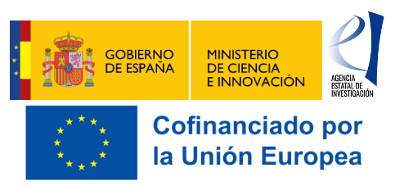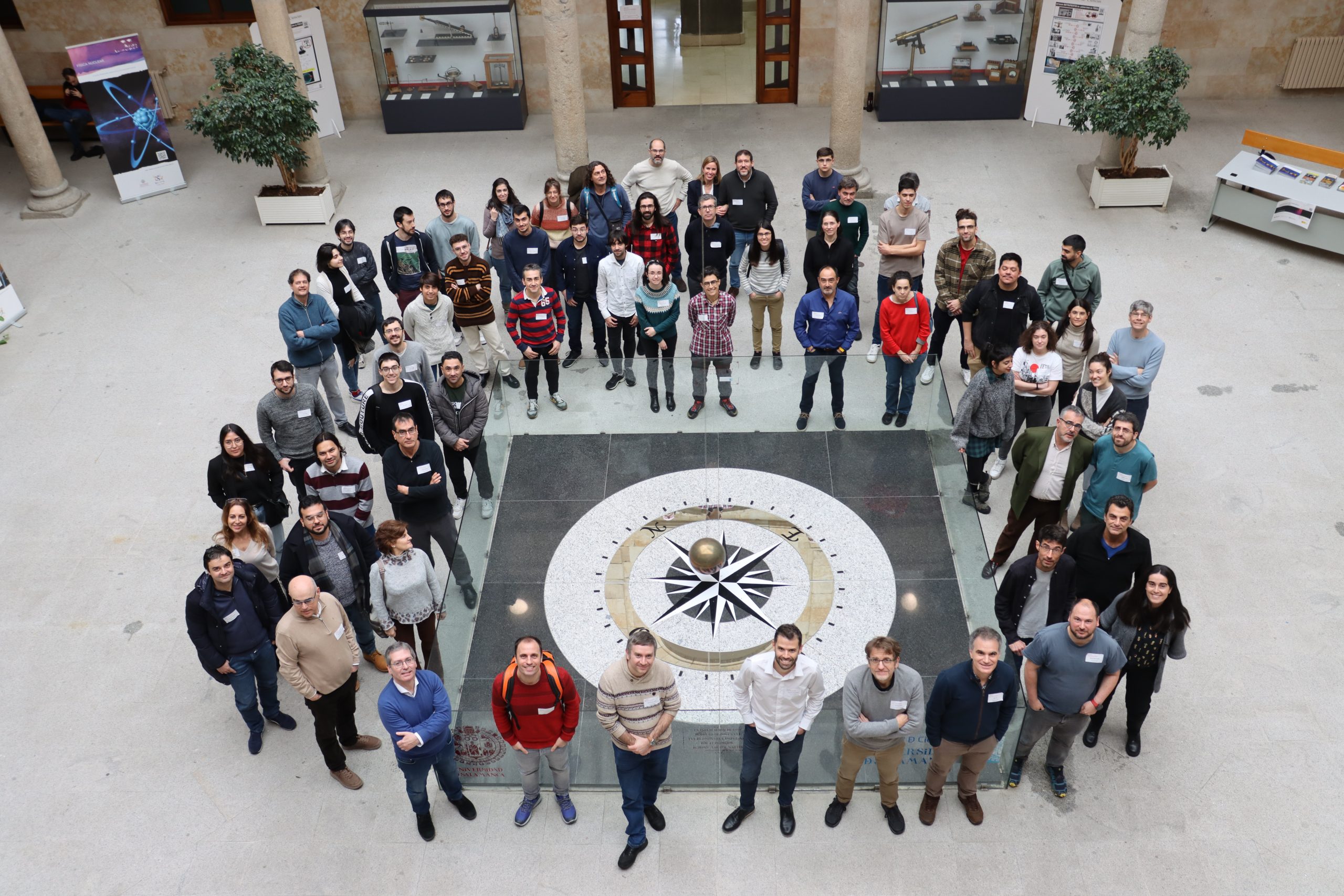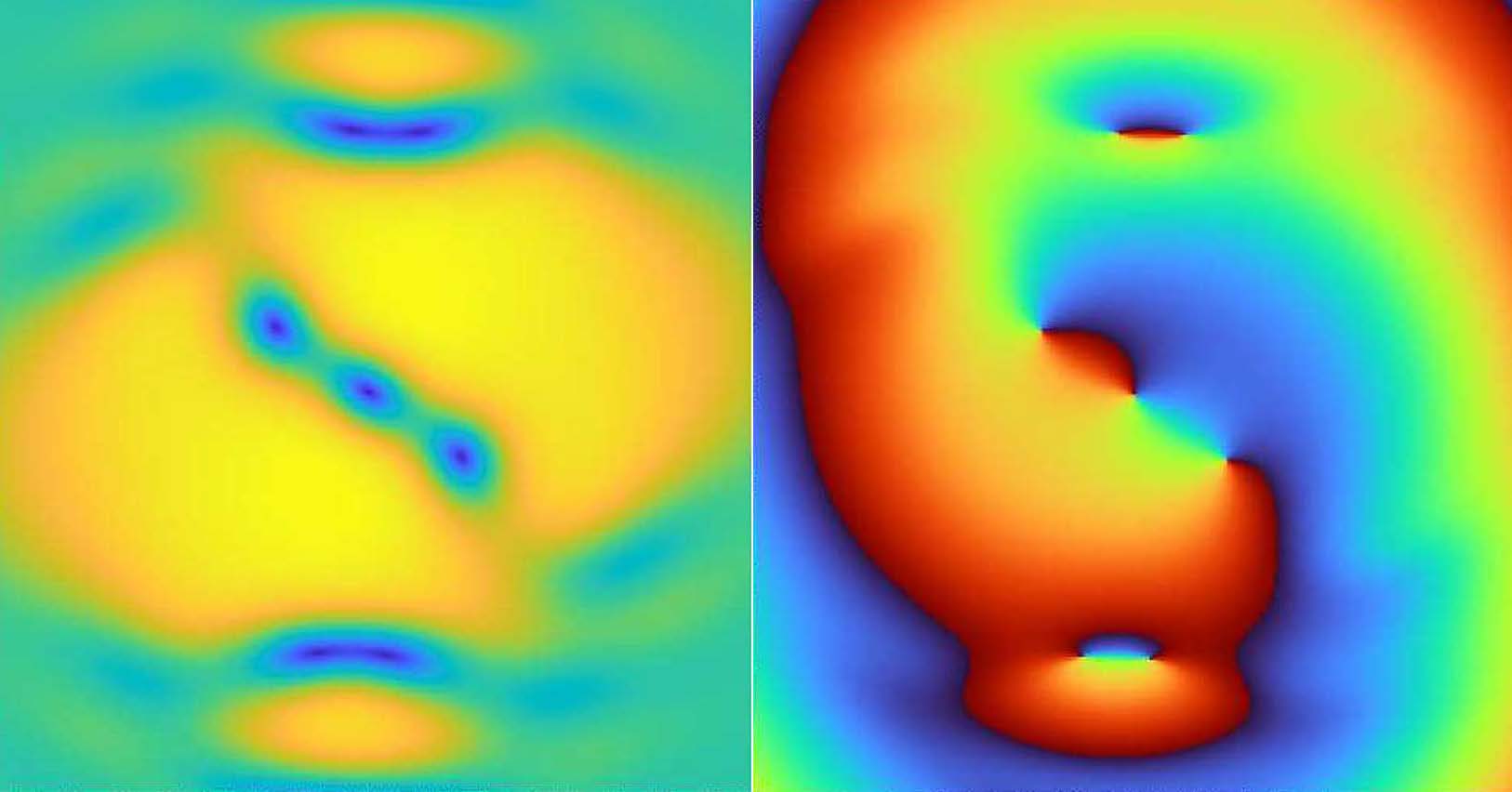Although in operation since June 2023, the FASLIGHT (RED2022-134391-T) network has officially begun its journey with the celebration of its inaugural meeting.
The meeting took place on January 18 and 19, 2024 at the School of Physics of the University of Salamanca, bringing together more than 65 researchers from the 15 nodes that make up the network.
During the event, representatives of each of the nodes presented their work, lines of research, resources and proposals for collaboration within the network. Almost 30 doctoral students from each of the nodes presented their work in poster format in sessions organized for this purpose.
The news of the holding of the network’s inaugural meeting was published in several local media, including the communication service of the University of Salamanca.
- Sala de Prensa de USAL. La Universidad de Salamanca impulsa la investigación española en luz estructurada con la creación de la red científica ‘FASLIGHT’ (19/01/2024)
- Salamanca Hoy. La USAL impulsa la investigación en luz estructurada con la red científica ‘FASLIGHT’ (19/01/2024)
- IMQ Tecnocrea. La Universidad de Salamanca impulsa la investigación española en luz estructurada con la creación de la red científica ‘FASLIGHT’ (30/01/2024)
- Salamanca Al Dia. La Universidad de Salamanca impulsa la investigación española en luz estructurada con la creación de la red científica ‘FASLIGHT’ (20/01/2024)
- Diario Total. La Universidad de Salamanca impulsa la investigación española en luz estructurada con la creación de la red científica ‘FASLIGHT’ (20/01/2024)
- Salamanca 24 horas. La Universidad de Salamanca impulsa la investigación española en luz estructurada con la creación de la red científica ‘FASLIGHT’ (19/01/2024)
- Tribuna Salamanca. La USAL impulsa la investigación española en luz estructurada con la creación de la red científica FASLIGHT (19/01/2024)
You can view the photos taken during the event on the FASLIGHT network website



